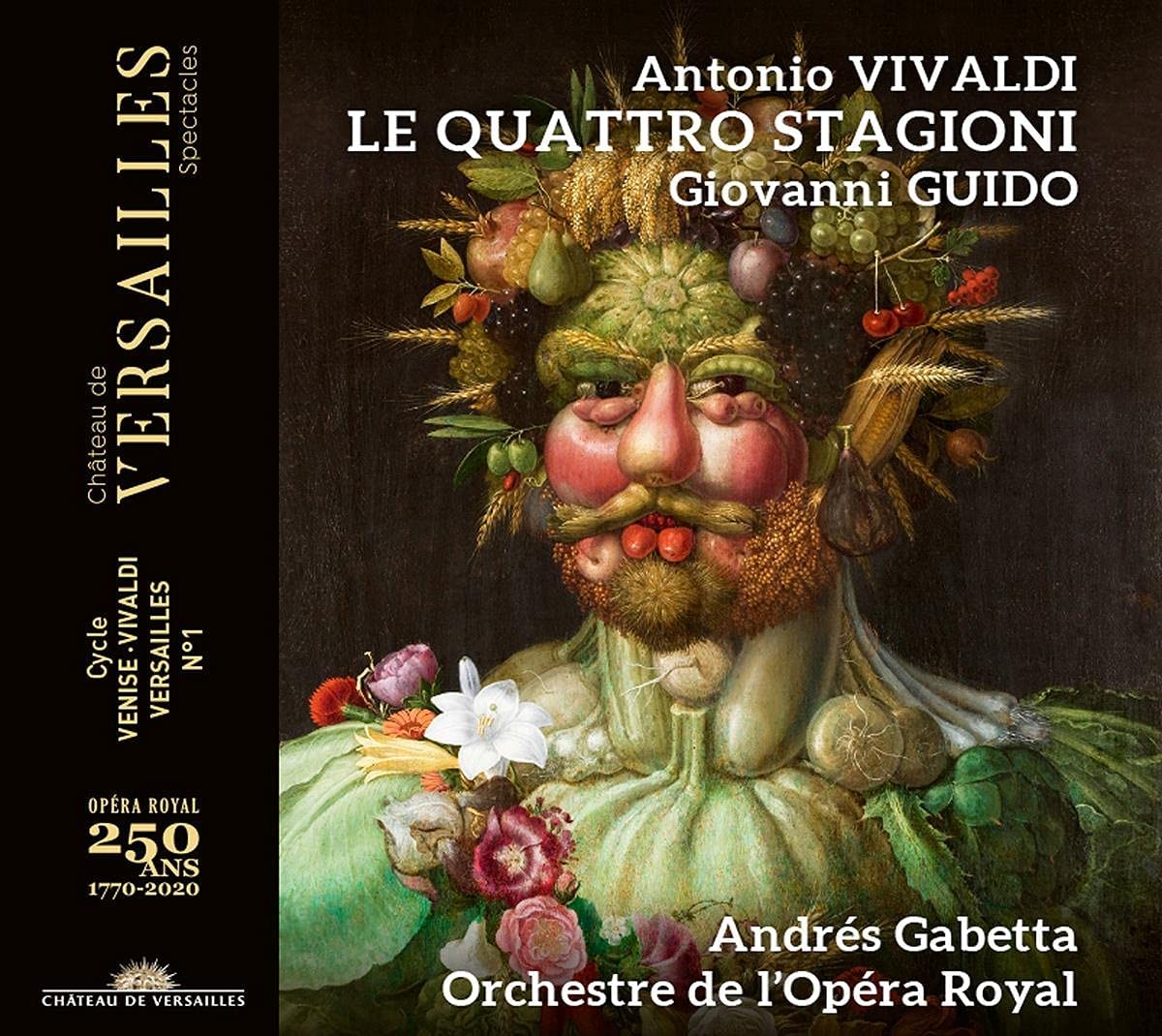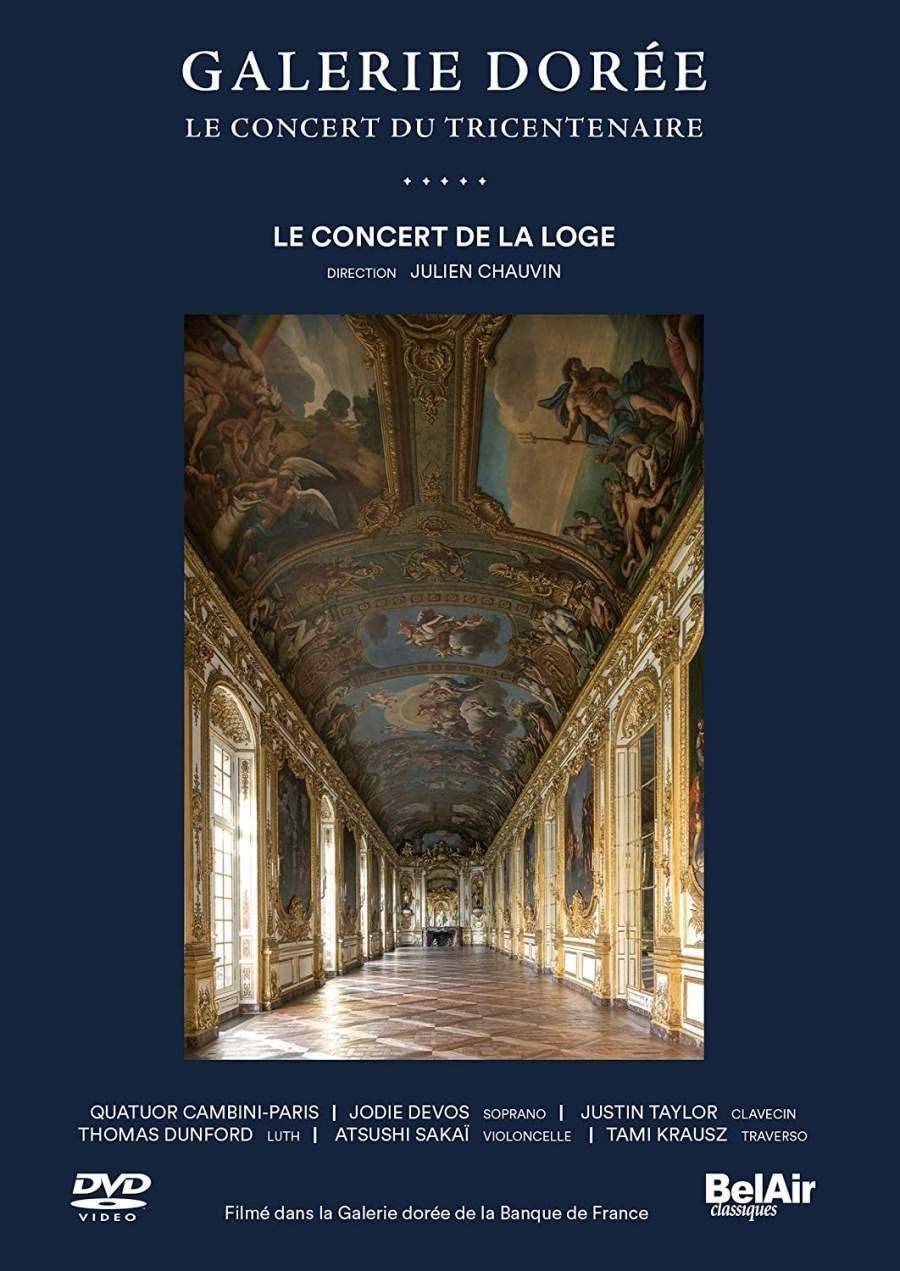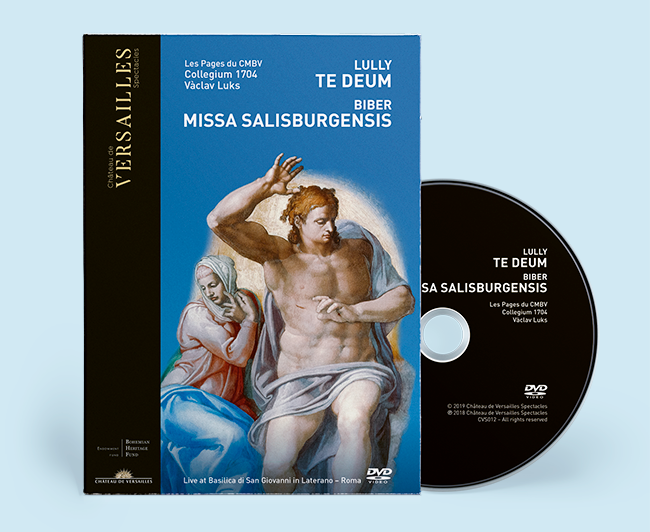Roberta Mameli Dido, Carlo Allemano Enea, Orchestra del Maggio Musicale Fiorentino, dir. Carlo Ipata
166:00; 160:43
Dynamic 37788 (2 DVDs); CD37788.03 (3 CDs)
[dropcap]T[/dropcap]he story of the tragic love between Dido and Aeneas, the substance of Book IV of Virgil’s Aeneid, has long formed an inspiration for painters, poets, dramatists and musicians. Following the invention of opera at the start of the 17th century, it would be a popular topic. Before the close of that century the story had inspired a number of operas, signifcantly those of Cavalli (1641) and of course Purcell. It is therefore of little surprise to find it the subject chosen by the greatest of 18th-century librettists for his first original drama.
Metastasio’s Didone abbandonato was written in 1724, probably with some assistance from his close friend, the singer actress Maria Anna Benti (known as ‘La Romanina’), being originally set by the Neapolitan composer Domenico Sarro. Thereafter it would become one of the poet’s most favoured dramatic works, employed on more than 60 (!) occasions. Among the earliest versions was that of Leonardo Vinci, whose setting was premiered in Rome’s Teatro delle Dame during the Carnival season of 1726. Vinci’s Didone abbandonato retained Metastasio’s most innovative feature, the highly dramatic tragic ending, where he writes a series of accompanied recitatives leading to the abandoned Didone’s immolation among the flames of burning Carthage. Metastasio’s version also fleshes out the story by providing additional characters or expanding the part played by those already in Virgil’s account, among them Dido’s African suitor Iarbas (Iarba in the opera) and her sister Anna, here renamed Selene. She provides additional love interest by also being in love with Aeneas, Selene in turn being loved by Araspe, the confidant of Iarba. The cast list is completed by Didone’s treacherous confidant Osmida.
Vinci’s music for them provides opportunities for both Didone and Enea to create strong personalities. Didone’s opening aria ‘Io son regina’ (I am queen) immediately establishes a strong, proud and stubborn persona. She will be at her most imperious and magnificent in her defiance of Iarbas in their act 2 confrontation, but the chromatic pain of the superb ‘Se vuoi ch’io mora’ (If you want me dead) (act 2) finds her at her most vulnerable as her scorn for the departing Enea suddenly evaporates to total capitulation. In that final sequence of accompagnati she rises to true tragic stature as she first rails then grieves before accepting the fate she (correctly) predicts will bring her lasting fame. Enea, too, emerges as a truly heroic figure to a far greater degree than Nahum Tate and Purcell ever allow him to be. Most of his arias are cast in the heroic mode and in his dialogue he makes a far better case for fulfilling his destiny. Other characters are less well rounded. Selene has several coloratura arias, but Iarba and the minor characters have perhaps rather too many ‘simile’ arias for contemporary taste, though of course they served a function in showing the vocal strength of the original singers.
The present set is taken from a production given at the Opera di Firenze in January 2017. Sadly both production and performance fall well short of ideal. Much the visual best feature is the sumptuous costumes, in particular the red and gold dresses of respectively Didone and Selene, both overlaid with brass cages. Their blond tresses are somewhat less convincing. Enea, too, looks every inch the Trojan hero, particularly given the stature and presence of tenor Carlo Allemano, the only drawback being that he looks rather too mature. It would be good to report that acting and movement matched. They don’t; on the contrary they are mostly very poor and often inelegant. Just occasionally there is a brief hint, usually from Roberta Mameli’s Didone, that someone has looked at a book about 18th-century gesture. They then obviously closed it again pretty quickly. The single set opens well enough, with a static projection suggesting the partially built Carthage and ships in the harbour. Thereafter it is downhill all the way, with much irritating shadowy movement back projected, often distracting attention from arias. Bearing in mind that we are on the Mediterranean, the set is also far too continuously dark and drab.
Conductor Carlo Ipata has a number of respectable period instrument recordings to his credit (with his Auser Musici), but his direction of the modern orchestra strings of the Maggio Musicale Fiorentino orchestra is here disappointingly wooden and rhythmically square. The playing is exceptionally poor, with ensemble at times barely reaching decent professional standard. Much the best singing comes from Mameli’s Didone and Allemano’s Enea, though the latter is poor with articulating passaggi and ornamentation and some of Mameli’s top notes tend to be wayward, especially when attempting ill-advised octave leaps in da capo
’s. Countertenor Raffaele Pé’s Iarba is well sung, too, but his acting – as produced – is the stuff of pantomime villains. None of the remaining members of the cast (Gabriella Costa as Selene, Marta Pluda’s Araspe and Giada Frasconi’s Osmida) are any way noteworthy apart from the fact that all have pitch problems, Costa being especially wayward at times.
The recording, which is identical in the DVD or CD versions, can be given a very guarded welcome as an acceptable version of an important seminal opera. But, in truth, this is only a stopgap and one can only hope for a recording that does the opera greater justice. An Italian/English libretto can be downloaded
Brian Robins






